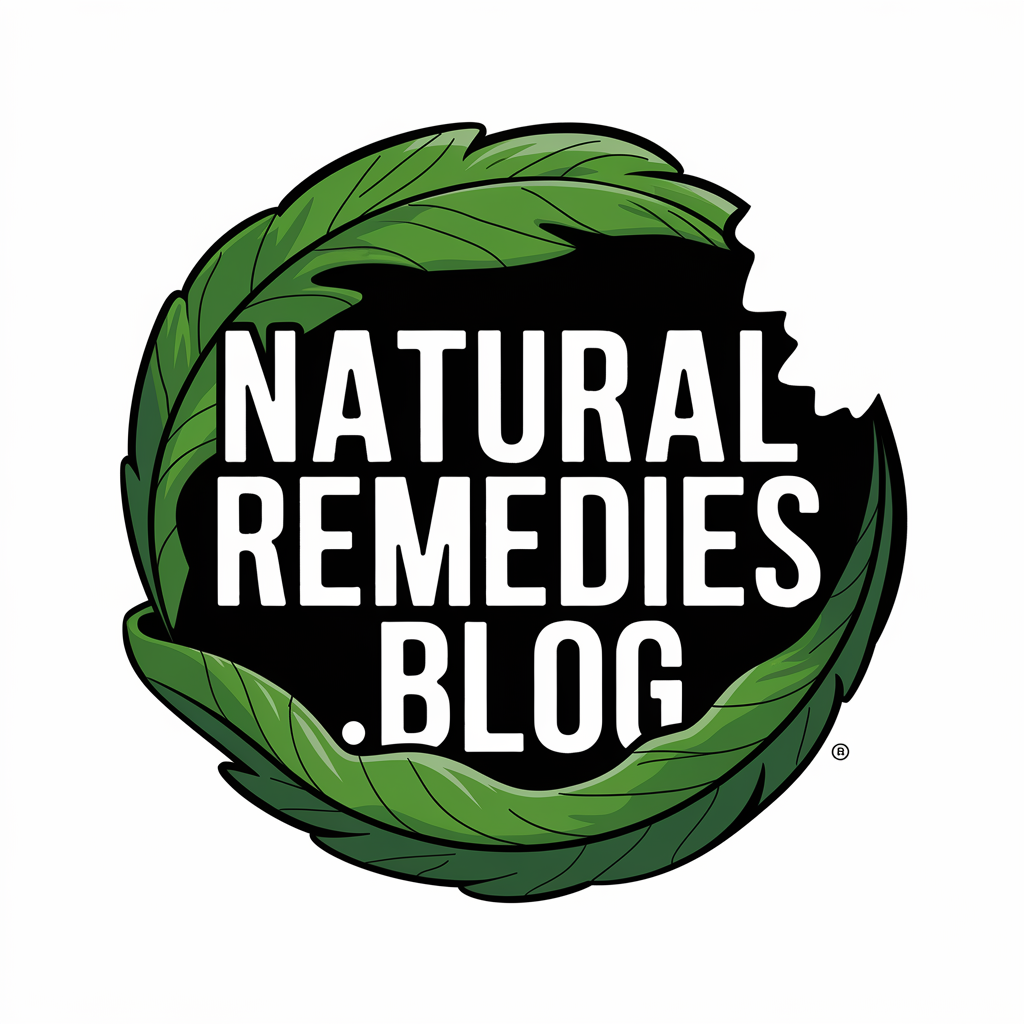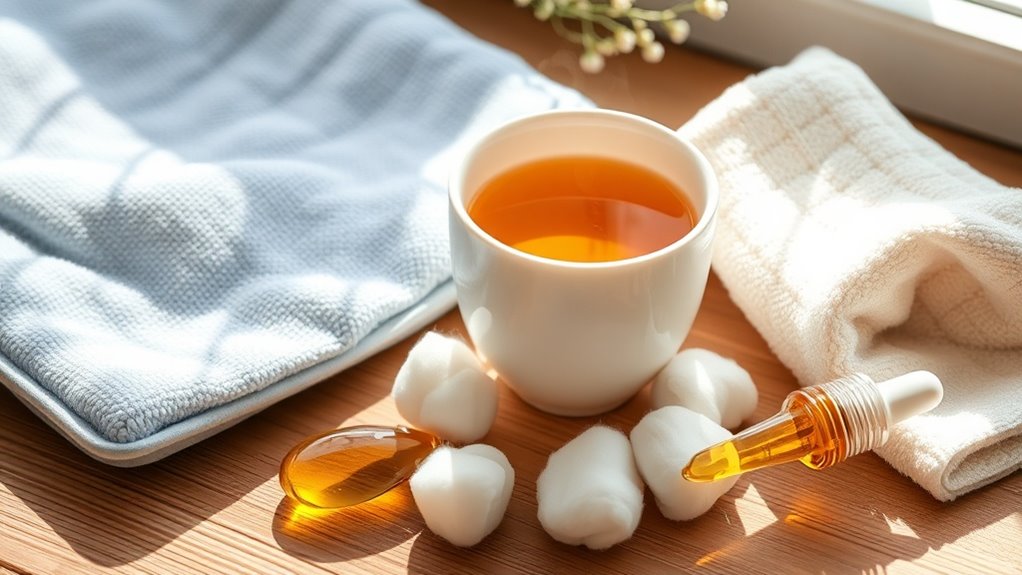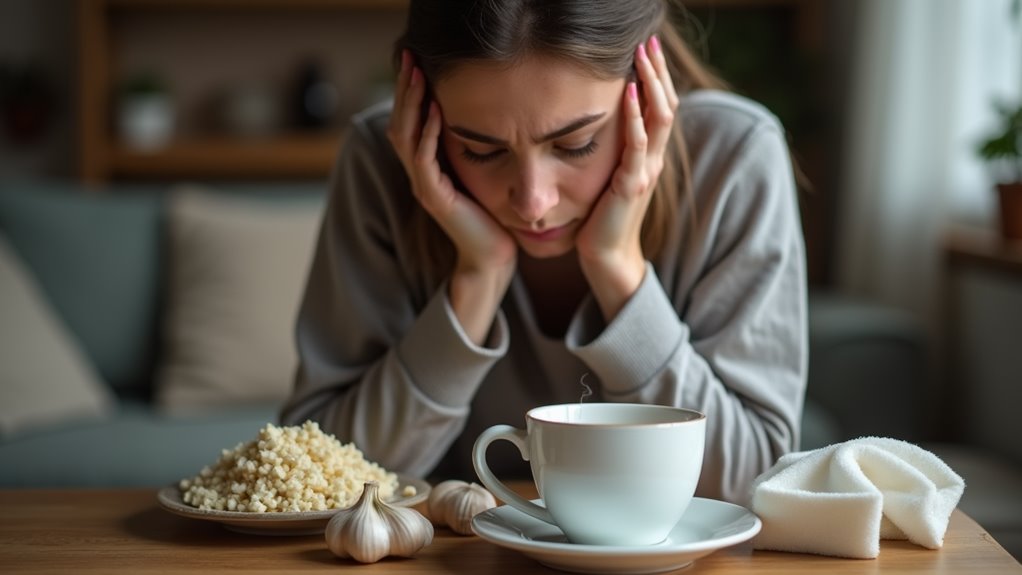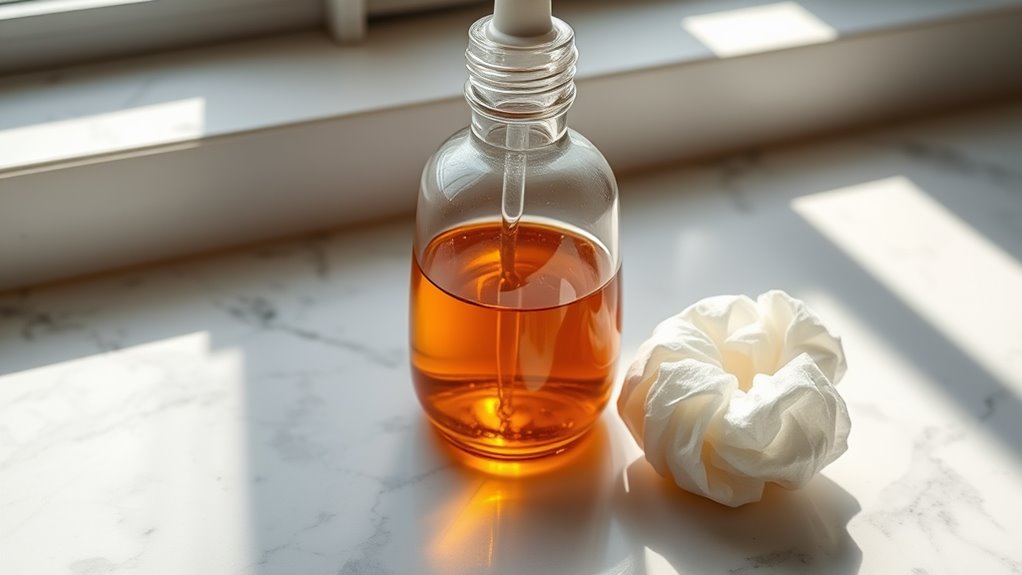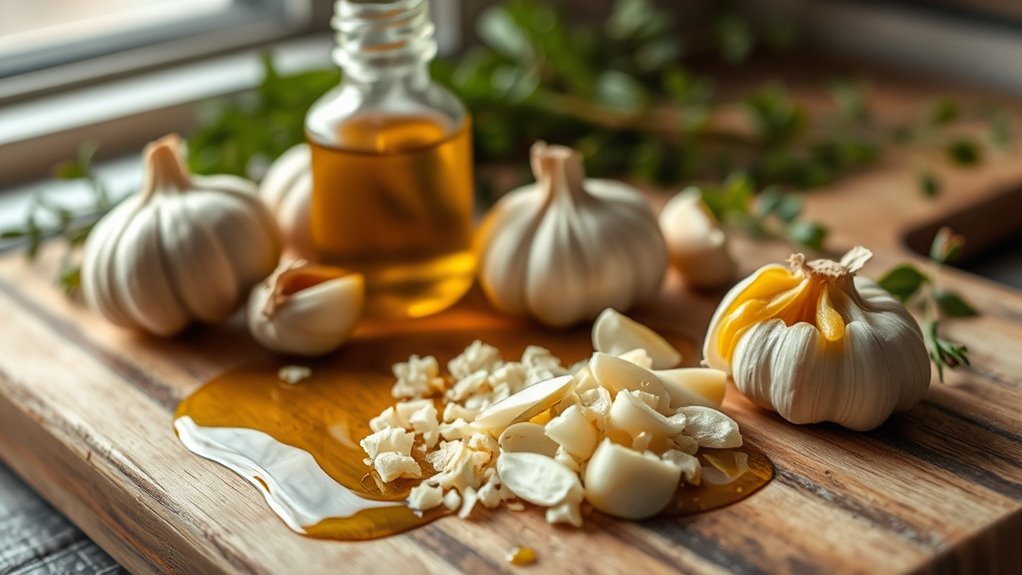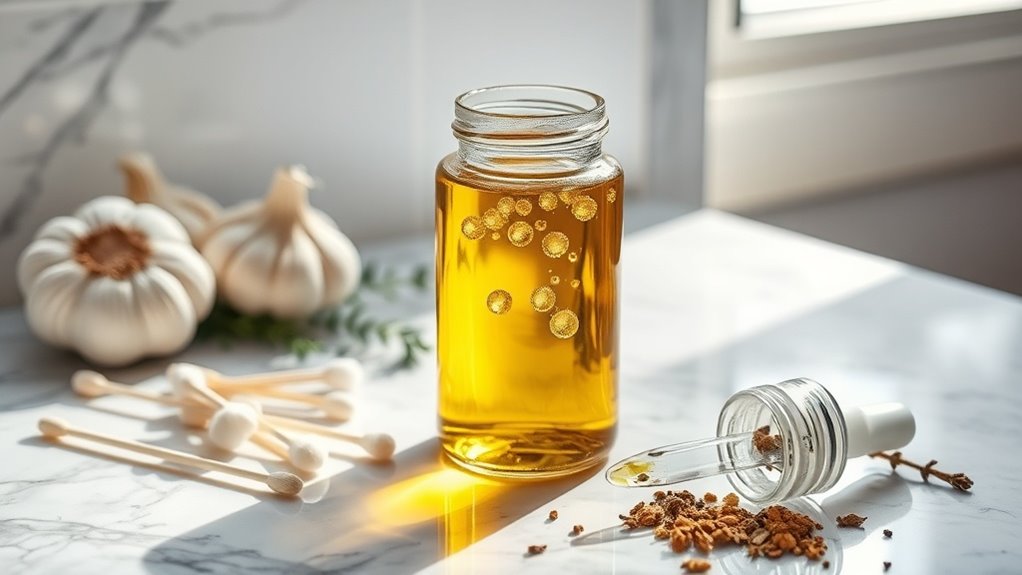Easy Remedies for a Stubborn Earache-Fast Relief at Home
For fast earache relief, you can apply a warm compress (104-113°F) to the affected ear for 15-20 minutes, repeating 4-6 times daily. Over-the-counter pain relievers like acetaminophen or ibuprofen will reduce pain and inflammation. Natural remedies include warm olive oil or garlic drops, which offer antimicrobial benefits when the eardrum isn’t perforated. While these solutions provide quick comfort, understanding the underlying causes and prevention methods ensures long-term ear health.
Understanding Common Causes of Earaches
While earaches can affect people of all ages, they most commonly occur due to several distinct pathological processes.
You’ll typically experience ear pain from middle ear infections, eustachian tube dysfunction, or external ear canal inflammation.
In adults, earache remedies often target specific causes like bacterial infections, barotrauma from air pressure changes, or accumulated cerumen blockage.
Temporomandibular joint disorders, dental infections, and upper respiratory infections can also trigger referred ear pain.
Understanding the root cause is crucial for effective treatment, as different conditions require varying therapeutic approaches, from antibiotics to mechanical interventions.
Common symptoms include fever and irritability, particularly in young children who may pull at their ears or show reduced response to sounds.
Essential Safety Guidelines Before Starting Home Treatment
Before attempting any home remedies for ear pain, you must first determine whether your symptoms warrant immediate medical attention. If you experience severe pain, fever above 102°F, or drainage of blood or pus, seek emergency care immediately.
-
Don’t insert any objects into your ear canal, including cotton swabs or fingertips, as this can cause injury or push wax deeper.
-
Avoid using ear candles, as they’re dangerous and can cause burns, perforated eardrums, or wax blockage.
-
Check that your eardrum isn’t perforated before applying any liquid remedies – if you’re unsure, consult your healthcare provider first.
Consider using ginger tea compresses to safely reduce inflammation and fight infection around the outer ear area.
Warm Compress and Cold Pack Methods
You’ll need to decide between applying heat or cold therapy, as both can help with ear pain. Use a warm compress (104-113°F) for dull, chronic pain or a cold pack for sharp, acute discomfort.
When using either method, limit application to 15-20 minutes and always place a thin cloth barrier between the compress and your skin to prevent tissue damage.
For optimal relief, you can safely repeat these treatments 4-6 times daily, spacing sessions at least 2 hours apart to allow your ear tissue to return to normal temperature.
Applying Heat Vs Cold
Although both heat and cold therapy can help manage earache symptoms, knowing when to use each method is crucial for effective relief.
Heat dilates blood vessels to increase circulation and reduce pain, while cold constricts vessels to decrease inflammation and swelling.
-
Apply heat (104°F/40°C) for chronic pain, muscle tension, and to promote fluid drainage – use for 15-20 minutes at a time.
-
Use cold therapy for acute inflammation, injury-related pain, or fever – apply for 10-15 minutes maximum.
-
Never use extreme temperatures, and immediately discontinue if discomfort increases or skin becomes irritated.
Duration and Temperature Tips
Safe and effective temperature therapy requires careful attention to duration and specific temperature ranges.
For heat therapy, maintain temperatures between 104-113°F (40-45°C), applying the compress for 15-20 minutes at a time. Don’t exceed 20 minutes to prevent tissue damage.
For cold therapy, wrap ice packs in a thin cloth and maintain temperatures between 32-40°F (0-4°C). Apply for 10-15 minutes maximum. Never place ice directly on skin or exceed recommended durations.
Allow at least 2 hours between applications for both methods.
If pain persists beyond 48 hours or worsens, seek medical attention immediately.
Multiple Treatment Sessions Daily
Building on proper temperature ranges and durations, establishing an effective daily treatment schedule maximizes relief from ear pain.
For optimal results, alternate between warm compress and cold pack applications throughout the day.
-
Apply warm compress treatments 3-4 times daily, spacing sessions 4-6 hours apart to reduce inflammation and promote drainage.
-
Use cold pack therapy 2-3 times daily between warm sessions to minimize swelling and numb discomfort.
-
Continue treatment regimen for 24-48 hours, adjusting frequency based on pain levels and physician recommendations.
Monitor symptoms closely and seek medical attention if pain persists or worsens despite consistent treatment.
Olive Oil and Garlic Drops for Pain Relief
You’ll need to carefully warm a mixture of olive oil and crushed garlic cloves to create these therapeutic ear drops, which have both antimicrobial and pain-relieving properties.
When applying the drops, you’ll want to tilt your head sideways and place 2-3 drops into the affected ear canal, keeping your head tilted for 1-2 minutes to allow proper absorption.
While scientific evidence supporting this traditional remedy is limited, many people report that the natural anti-inflammatory properties of both olive oil and garlic help reduce ear discomfort.
Preparing Your Natural Treatment
When treating an earache at home, a combination of olive oil and garlic creates a potent natural remedy with antimicrobial and pain-relieving properties.
-
Crush 2-3 fresh garlic cloves and warm them gently with 2 tablespoons of olive oil in a small saucepan over low heat for 3-5 minutes. Don’t boil the mixture.
-
Strain the liquid through a fine-mesh sieve or cheesecloth to remove garlic particles, then let it cool to room temperature.
-
Test the temperature on your inner wrist before use.
Using a sterile dropper, place 2-3 drops in the affected ear while lying on your side.
Benefits and Application Methods
The combination of olive oil and garlic provides multiple therapeutic benefits for ear pain relief through its natural antimicrobial and anti-inflammatory properties.
The allicin in garlic acts as a natural antibiotic, while olive oil’s lubricating properties help soothe irritated ear canal tissue.
To apply, you’ll need to warm the mixture to body temperature.
Place 2-3 drops in the affected ear while lying on your side.
Maintain this position for 5-10 minutes, allowing the solution to penetrate.
Insert a cotton ball to prevent leakage.
Repeat twice daily until symptoms improve.
Don’t use if you suspect a perforated eardrum.
Simple Salt Water Gargle Techniques
Salt water gargling stands as one of the most effective home remedies for managing ear pain, particularly when it’s caused by throat inflammation that radiates to the ears through the eustachian tubes.
To properly execute this therapeutic technique:
- Mix 1/2 teaspoon of non-iodized salt with 8 ounces of warm water (approximately 98°F/37°C).
- Tilt your head back 45 degrees, gargle the solution for 30 seconds, then expel.
- Repeat the process 3-4 times daily, especially before bedtime, to reduce inflammation and promote drainage of fluid from the eustachian tubes.
For optimal results, don’t eat or drink for 30 minutes after gargling.
If symptoms persist beyond two days, consult a healthcare provider for proper evaluation and treatment.
Natural Herbal Remedies for Ear Discomfort
When seeking natural relief from ear discomfort, you’ll find several herbal remedies backed by traditional medicine and emerging clinical research.
You can apply warm garlic oil drops to the affected ear canal, as garlic contains allicin, which exhibits antimicrobial properties and may help reduce pain.
Ginger root extract and chamomile ear drops offer additional therapeutic options, with ginger providing anti-inflammatory benefits while chamomile’s compounds can help soothe ear canal irritation.
Studies show natural ear treatments are preferred by 67% of parents because they produce fewer side effects than prescription medications.
Garlic Oil For Pain
Among natural remedies for ear pain, garlic oil stands out as a potent antimicrobial and analgesic solution. The active compound allicin, combined with garlic’s natural anti-inflammatory properties, can help reduce ear discomfort and fight infection.
-
Warm 2-3 drops of garlic oil to body temperature before applying it into your ear canal using a clean dropper.
-
Lie on your side for 5-10 minutes to allow the oil to penetrate deeply.
-
Repeat this treatment 2-3 times daily until symptoms improve.
You’ll need pharmaceutical-grade garlic oil specifically formulated for otic use.
Don’t create homemade versions, as improper preparation can lead to complications.
Ginger Root Applications
Fresh ginger root offers powerful therapeutic benefits for managing ear discomfort through its natural anti-inflammatory and analgesic compounds, primarily gingerols and shogaols. You’ll need to extract these compounds by creating a ginger infusion or juice application.
| Method | Duration | Application |
|---|---|---|
| Juice Extract | 10-15 mins | 2-3 drops in affected ear |
| Steam Inhalation | 5-10 mins | Direct vapor to ear canal |
| Warm Compress | 15-20 mins | Place on outer ear |
| Oil Infusion | 5-7 mins | 1-2 drops, twice daily |
For optimal results, warm the ginger preparation to body temperature before application. Monitor for any skin sensitivity and discontinue use if irritation occurs.
Chamomile Ear Drops
Like ginger, chamomile offers natural anti-inflammatory properties, but through different therapeutic compounds – specifically chamazulene and bisabolol.
When using chamomile ear drops, you’ll want to:
- Heat organic chamomile tea or oil to body temperature (98.6°F/37°C)
- Tilt your head sideways and apply 2-3 drops using a sterile dropper
- Maintain position for 5 minutes while the drops penetrate the ear canal
The drops work best when you’re treating mild ear discomfort, as the compounds help reduce inflammation and provide localized pain relief.
Don’t use if you suspect a perforated eardrum or have fluid drainage.
Over-the-Counter Solutions That Work
Several over-the-counter medications can effectively reduce earache symptoms while you await medical evaluation.
You’ll find acetaminophen and ibuprofen particularly useful for managing pain and inflammation. For adults and children over 12, benzocaine ear drops can provide temporary numbing relief.
When selecting OTC solutions, ensure they’re appropriate for your age group and condition. Don’t use ear drops if you suspect a perforated eardrum.
Decongestants containing pseudoephedrine can help relieve pressure, especially if your earache stems from sinus congestion or upper respiratory infection.
Always read labels carefully and follow dosing instructions precisely.
Prevention Tips to Avoid Future Earaches
While treating earaches effectively is important, preventing them from occurring can save you discomfort and medical expenses. You can significantly reduce your risk of ear infections by following evidence-based preventive measures.
-
Keep your ears dry after swimming or bathing by tilting your head and using a hair dryer on low heat, or wear custom-fitted swimming earplugs.
-
Don’t insert foreign objects into your ear canal, including cotton swabs that can damage protective earwax.
-
Maintain proper upper respiratory health by practicing good hand hygiene, staying current with vaccinations, and avoiding secondhand smoke exposure.
When to Seek Professional Medical Help
Although many earaches can be managed with home remedies, certain symptoms require immediate professional medical attention.
Contact your doctor if you experience severe pain, fever above 102.2°F (39°C), bloody or pus-like discharge, facial paralysis, or dizziness.
Seek emergency care if symptoms persist beyond 3 days, hearing loss occurs suddenly, or you notice swelling behind the ear.
Children under 6 months with any ear pain should be evaluated by a healthcare provider.
If you’ve had recent head trauma or foreign object exposure, don’t delay medical treatment.
Best Sleeping Positions During Recovery
Because gravity affects fluid accumulation in the ear canal, your sleeping position can significantly impact ear pain and drainage during recovery. Proper positioning helps minimize pressure and promotes natural drainage of fluid from your middle ear through the Eustachian tubes.
-
Elevate your head with 2-3 pillows to maintain a 30-45 degree angle, reducing pressure and preventing fluid buildup.
-
Sleep on your unaffected side to allow gravity-assisted drainage from the infected ear.
-
If both ears are affected, sleep on your back with your head elevated, ensuring equal drainage opportunities for both ears.
